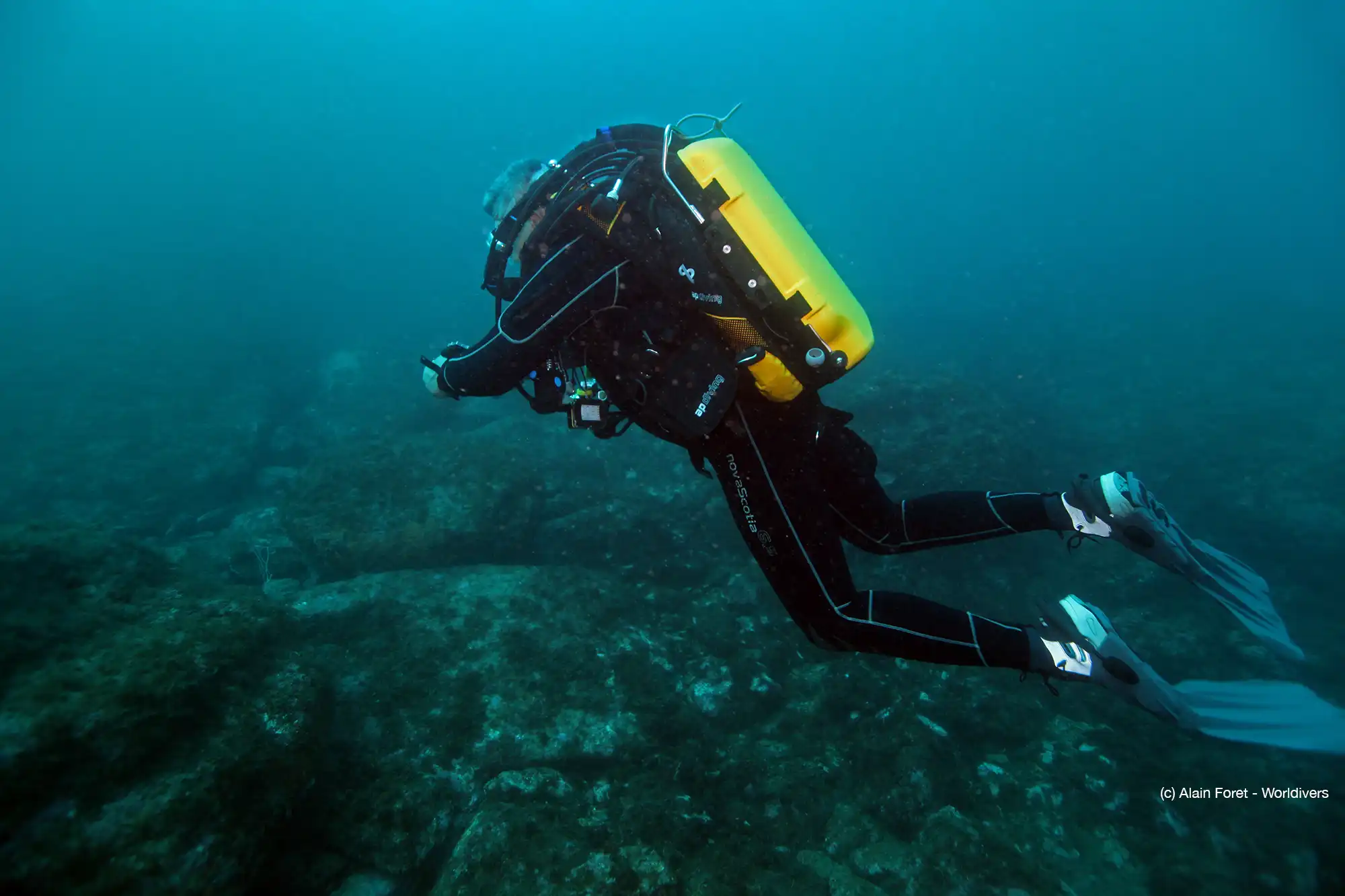Gas Density

Gas density
The density of the gases breathed in during diving is one of the limiting factors, because of the breathing difficulties (WoB: Work of Breathing) and the accumulation of CO2 that it can cause.
“Gas density is a measure of mass per unit volume in grams per liter (g/L), while WoB is an integral of pressure as a function of volume typically measured in kilopascals (kPa) or joules per liter (j/L).” [1]
These limits differ depending on whether you are diving in an open or closed circuit.
This limit is neither certain nor absolute.
It depends on the level of training of the divers and the level of acceptability, by definition subjective, accepted by the organisation defining this limit.
To illustrate this in other areas:
- The main gas manufacturers in the world set a limit of 22 to 23.5% oxygen [2] for having to use oxygen-specific equipment that is oxy-clean. This has not prevented organisations such as PADI, NAUI, SSI from agreeing to raise this limit to 40% O2, while using non-oxygen-specific and non-oxy-clean equipment. At the same time ANDI maintained a limit at 21%.
- On the other hand, while NOAA had set a PpO2 limit of 1.6 bar [3] (while retaining a safety margin), many organisations have reduced it to 1.5, 1.4 or 1.3.
To date, the physiologcal limit in open circuit is 9 g/litre (60 m with air) [4].
[1] https://dan.org/alert-diver/article/performance-under-pressure/
[2] https://www.luxfercylinders.com/faq/faq-scuba-aluminum-cylinders-cleaning-concentrations/
[3] NOAA Diving Manual, 4th edition, 2001, p. 16-9
[4] France, Code du travail (art. R4461-17) and Comex recommendations (Gardette B., Plutarque M., Comex, 50 ans de recherches et d'innovations, CACX, 2012).









